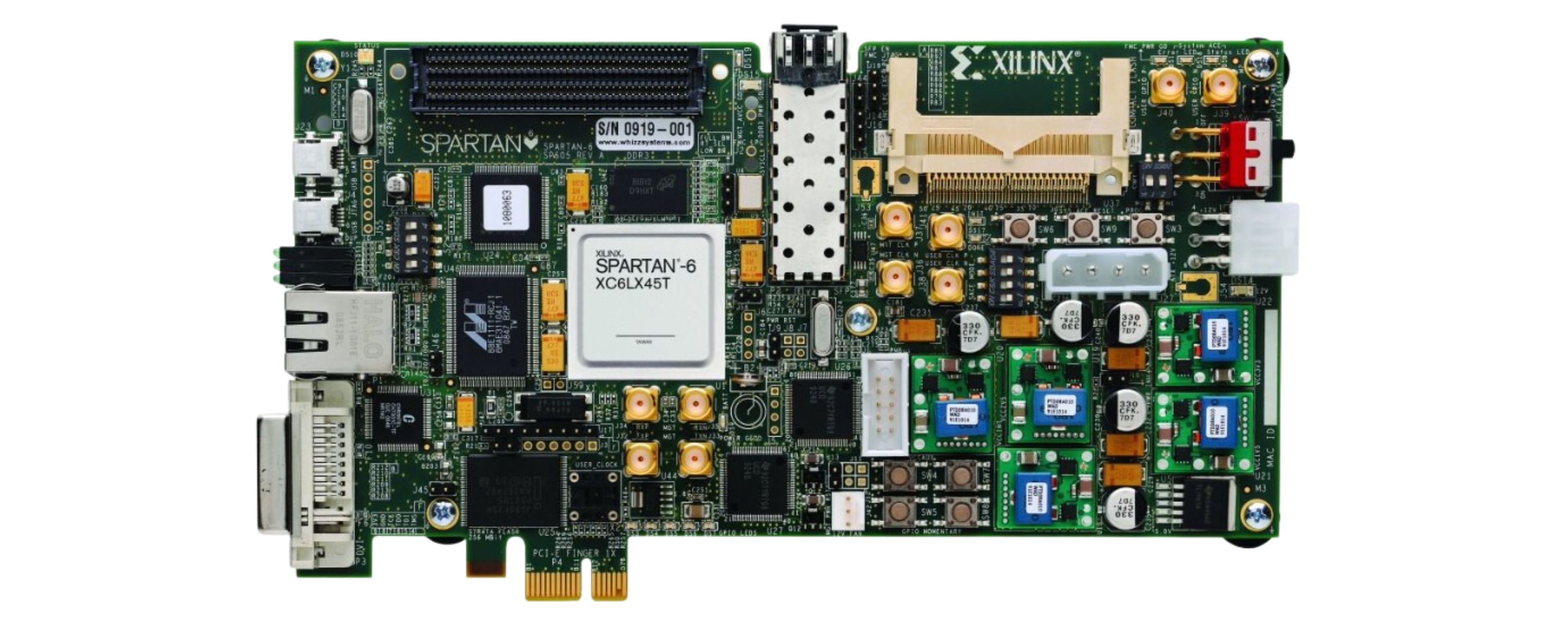Time: 2025-01-22 11:20:56View:
Implementing memory in FPGA (Field-Programmable Gate Array) programs is a common requirement for storing data during the execution of an application. Here's a detailed overview of how memory is implemented in FPGA programs:

FPGAs offer several types of memory resources:
Block RAM (BRAM):
Distributed RAM:
External Memory:
Registers:
Small Memory Requirements (Few Bytes to a Few Kilobytes):Use distributed RAM or registers.
Moderate Memory Requirements (Few Kilobytes to Megabytes):Use Block RAM.
Large Memory Requirements (Gigabytes):Use external memory like DDR SDRAM or flash.
Memory in FPGAs is usually implemented using a Hardware Description Language (HDL) such as Verilog or VHDL. Below are examples for implementing memory in Verilog:
verilog module single_port_ram ( input wire clk, input wire [7:0] addr, // Address width input wire [15:0] data_in, // Data width input wire we, // Write enable output reg [15:0] data_out ); reg [15:0] ram [0:255]; // 256 x 16-bit memory always @(posedge clk) begin if (we) begin ram[addr] <= data_in; // Write operation end data_out <= ram[addr]; // Read operation end endmodule
verilog module dual_port_ram ( input wire clk, input wire [7:0] addr_a, addr_b, input wire [15:0] data_in_a, data_in_b, input wire we_a, we_b, output reg [15:0] data_out_a, data_out_b ); reg [15:0] ram [0:255]; // 256 x 16-bit memory always @(posedge clk) begin if (we_a) ram[addr_a] <= data_in_a; // Port A write data_out_a <= ram[addr_a]; // Port A read if (we_b) ram[addr_b] <= data_in_b; // Port B write data_out_b <= ram[addr_b]; // Port B read end endmodule
For external memory, you need an interface controller to manage the communication between the FPGA and the memory. Many FPGA vendors provide pre-built IP cores for this purpose.
initial blocks (in Verilog) or similar constructs for initializing memory values if needed.verilog module rom ( input wire [3:0] addr, // 4-bit address output reg [7:0] data // 8-bit data ); always @(*) begin case (addr) 4'b0000: data = 8'hAA; 4'b0001: data = 8'hBB; 4'b0010: data = 8'hCC; // Add more cases as needed default: data = 8'h00; endcase end endmodule